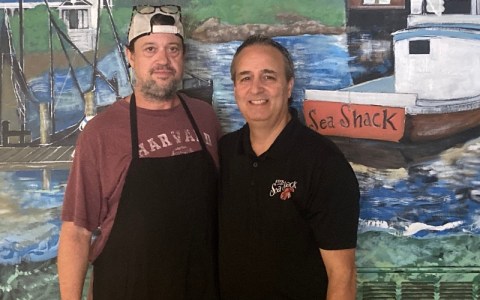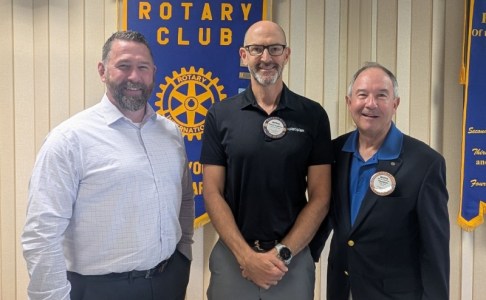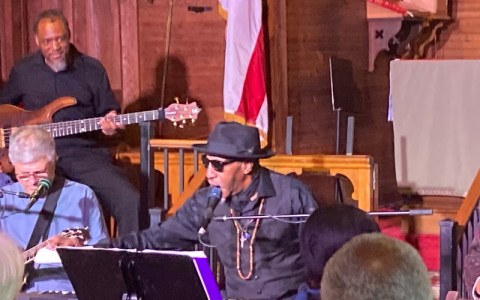Close encounters of the snake kind
Published 9:16 pm Wednesday, June 19, 2019
It’s that time of the year when snakes are both our friend and foe.
For most of us, snakes are scary, so it’s no surprise that ophidiophobia, the abnormal fear of snakes, is the second most common phobia in the world. We aren’t surprised that filmmakers produced “Snakes on a Plane,” “Snakes on a Train,” “Anacondas,” and “Hisss.” Of course, who can forget the famous line uttered by the character Indiana Jones—“I hate snakes.”
My experience with snakes dates back to childhood on our family farm in Northeast Arkansas. Farming there is much different from farming in Western North Carolina. Our primary crops were rice, soybeans and cotton, and all three needed irrigation.
Trending
But it was working in the rice fields that brought the most apprehension about snakes.
The customary teenager’s attire in the water-covered rice fields was jeans, t-shirt and sneakers. We didn’t wear boots because they were hot and expensive, mostly the latter because we were poor. The work involved pulling weeds, and the so-called coffee bean weed was the most insidious. The weed is a senna obtusifolia or sicklepod, but the common name is coffee bean or coffee weed.
Rice field work always included repairing broken levees with a shovel, which was our primary self-defense weapon against the water moccasin or cottonmouth. We also had North Carolina’s official snake, the copperhead, but it was the water moccasin most often found in and around the rice fields.
We saw them every day.
The closest I ever came to being bitten was the day I was walking a levee with my trusty shovel on my shoulder and most likely daydreaming about what was out there in the world beyond farm life when I stepped on a water moccasin.
I jumped straight up. As with most people who feel their lives are threatened, everything slowed down. I felt suspended in the air, hovering in slow motion like a helicopter over O.J. Simpson’s flight from police, looking down at a snake as fat as an elephant’s trunk with a wide-open mouth as big as a hippo’s filled with white cotton.
Trending
Upon re-entering the earth’s atmosphere, my foot landed inches from the snake as it was quickly slithering away. In a move now famously imitated by Cam Newton, I raced through the knee-deep water to dry ground. Let the record note that I never fumbled my shovel.
My working partner, an old man named Gus Anderson, slapped his leg as he doubled over in laughter louder than I had ever heard from him.
Finally, when he caught his breath, he said, “You fast.”
Scared. Not fast.
Naturally, the snake story grew in my head. In its telling, I relished sharing it with my younger brothers, knowing that they would soon be old enough to walk those ribbons of black dirt across a hundred or more acres of flooded rice fields. Brother Johnny went on to have several close encounters of the snake kind.
Today, I’m not afraid of our local copperheads. I just have a healthy and enormous respect for them and thus give them a wide berth.
Now the black snake or rat snake. They are the farmer’s friend because they eat mice and rats. That doesn’t mean I’ll handle them, but I’ve been known to allow them to live in the barn.
Near my shovel.
Larry McDermott, a retired journalist, owns a 40-acre organic farm in Rutherfordton, where he grows blueberries, keeps bees and raises horses, dairy goats, chickens and turkeys. Email: hardscrabblehollow@gmail.com or see farm happenings at www.facebook.com/hardscrabblehollowfarmllc






